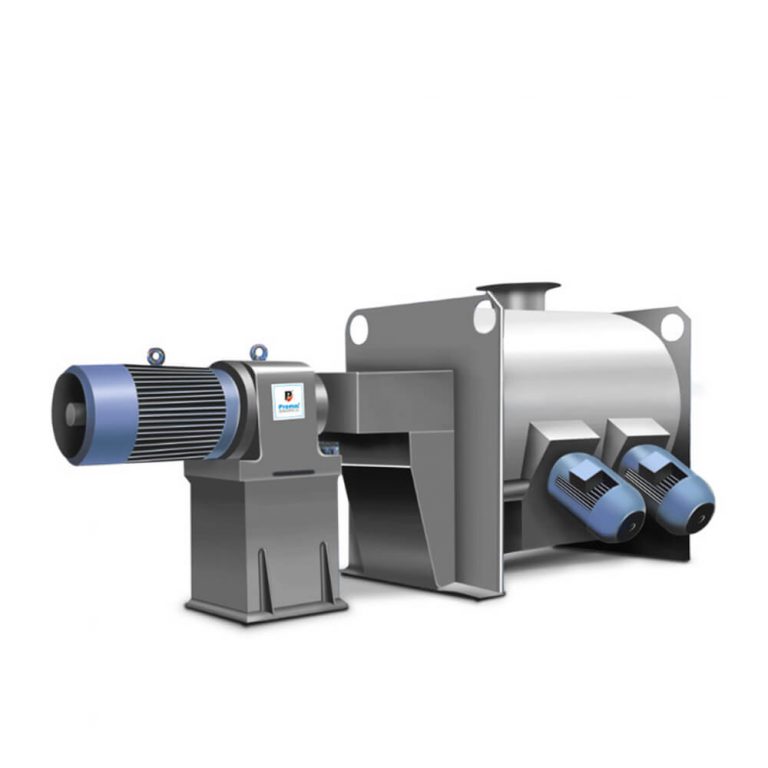Butterfly valves and ball valves are both quarter-turn rotary valves. Cone and plug valves are also members of the rotary valve family. They are used to regulate the flow of most gases and liquids over a wide range of temperatures and pressures. Both butterfly and ball valves are popular due to their low cost, long service life, and dependability. However, there are a few distinctions to assist the user in choosing between them.
Butterfly Valves
A butterfly valve is a revolving shaft with a disc attached to it. The disc blocks the line when it is fully closed. The disc is at a right angle to the gas or liquid flow when fully expanded.
Butterfly valves have the advantage of being relatively cheap to manufacture and maintain. They’re the most typical valve for high-volume water systems like municipal waterworks. They can be used to regulate river water or filthy liquid applications like sewage. There will always be a pressure drop across a butterfly valve since the butterfly valve disc is still in the valve flow line when fully open. It may also be difficult to open the butterfly valve if the pressure difference across it is significant. Before large butterfly valves can operate, some applications necessitate the use of a bypass valve to reduce the pressure differential.
Ball Valve
A ball valve is a ball with a hole in it. Turning the valve causes the hole to either completely block, partially block or completely block the flow path through the valve. A ball valve benefits include a good seal or, if the valve is fully locked, little or no leakage. No matter how much pressure you put on the supply side, a ball valve will revolve. The ball valve will essentially not reduce pressure or limit if its loop through the valve is greater or larger than the supply pipe internal diameter when it is opened in full.
Often ball valves, usually 6 inches or smaller diameter, for high-pressure liquid or gas lines when the complete cut-off is needed.
Butterfly Valve Vs Ball Valve
Functions:
Ball valves are solely used to isolate a system. The bubble-tight shutdown is a feature of ball valves. Ball valves are rarely utilised as control valves because the soft elastomeric seats are readily broken in this environment.
Butterfly valves can function as both isolation and control valves. However, they do not produce a completely airtight seal. To make this valve a good throttling valve, the media must be slow-moving to reduce friction caused by the medium’s high velocity.
Structure
Inside the valve body is a hollow sphere-like disc. The ball valve is a type of valve that is used to The butterfly valve features a small disc and a small body.
Applications
The effectiveness of the seals has an impact on the way these valves are utilised in the field. Ball valves can be utilised in sensitive applications where contamination is a concern since they have a superior seal. Ball valves, especially the low-pressure kind, are also well-suited for gas applications. There are numerous types of ball valves. It can also withstand extremely low temperatures, such as those encountered in the industrial sector.
Butterfly valves, on the other hand, are more cost-effective and take up less space in the plant; they’re commonly employed in water services to control media flow. These valves are employed in large projects since they are more cost-effective to manufacture.
Ball and butterfly valves are low-cost, practical, and long-lasting. Which one you choose will be determined by the nature of your initiatives. Butterfly valves are likewise of good quality and may be found in a variety of manufacturers. When choosing the proper type of valve, seek advice from a reputable valve manufacturer. Alternatively, contact Promas for buying guidance.




